Bond Wizards of Oz
Australia, sometimes nicknamed Oz, offers that rare combination of high interest rates and sound credit. Nirvana for savers?

There’s a parallel universe where the economy is strong, the unemployment rate is a mere 5% and the dollar is sound. The inhabitants speak English, buy big houses, love their SUVs and can invest with Fidelity, Pimco and Vanguard. Oh, and by the way, two-year government notes yield a sweet 4.5% and online banks will offer as much as 6% to get your money.
Personal-finance fantasyland? No, it’s Australia, where savers not only speak in endearing slang but have it better than their counterparts in any other developed nation. That news is spreading among jealous Americans, who would be grinning like a shot fox if they could go fossicking for Aussie Treasury bonds. In fact, Australia offers American investors a twofer: a good yield and an appreciating currency backed by a growing economy.
Well, is this as dinkum as it seems? And is it practical? The answers are yes, it’s a wonderful investment idea, and no, those bountiful Aussie yields are all but out of reach for the typical U.S.-based investor.

Sign up for Kiplinger’s Free E-Newsletters
Profit and prosper with the best of expert advice on investing, taxes, retirement, personal finance and more - straight to your e-mail.
Profit and prosper with the best of expert advice - straight to your e-mail.
When one nation’s interest rates are significantly higher than those of its peers, it’s typically a sign of economic trouble. It usually means a country has to offer above-average interest rates to attract capital. But resources-rich Australia is wealthy and getting wealthier. It benefits from the sale of iron ore, coal, liquefied natural gas and other materials to China, at ever-higher prices. It also exports food and machinery to all of Asia, including booming India and Singapore. Australia runs a trade surplus with the rest of the world, so its government has no need to borrow vast amounts of money, as the U.S. and many European nations must.
Australia’s biggest concern is inflation, which has been running at a relatively high annual rate of 3.1%. The nation’s central bank is seeking to contain pricing pressures through a policy of tight money, which entails raising short-term interest rates. That in turn fosters a strong Australian dollar. Today, it costs 89 cents to buy one Aussie. Last year, you could have bought an Aussie for just 70 American cents. A strengthening Aussie is a good thing for Americans with money invested in Australia because your investment gets translated into more U.S. bucks.
Australian yields should maintain their advantage over U.S. yields even if rates here rise, says Roger Bridges, head of fixed income for Tyndall Investment Management, a mutual fund firm in Sydney. Interest rates are elevated in his country, he says, because big Australian industries such as mining require a lot of capital. They obtain that capital by borrowing from banks, often at stiff rates of 7% to 9%, or by selling bonds. Government bond yields are also up there. A two-year Australian bond pays 5%, which means Australians can get generous yields without risking their principal by holding long-term bonds, which can lose a considerable amount of value if interest rates rise.
If you’re gobsmacked, you’re not alone. I’m writing about this subject because I’ve received repeated inquiries from Americans eager to own Australian debt, either directly or through funds. Alas, if you want to play Australian yields directly, you may have to emigrate. After speaking with a number of Australian bond managers, I get the sense that this state of affairs is just fine with them. The nation doesn’t want, nor does it need, hot money from all over the world.
No one -- not Fidelity, not Vanguard, not Pimco, not anyone else -- offers 100% Australian income funds in the U.S. Brokers in the U.S. require large orders -- $100,000 at Fidelity and Schwab -- before they will find you any individual foreign bonds. Australia’s Reserve Bank sells new government bonds in lots as small as $1,000, but you need to send the money in Australian dollars directly from an Australian bank. Banks make it hard for an individual foreigner to open a deposit account from afar unless you’re applying for residency. Instead, you must travel to Australia to open an account at a bank or an Australian mutual fund. Rules for the funds say applications must be “signed and delivered” inside the country. Non-residents face withholding taxes on distributions as high as 45%, although you can get back the amount withheld from the Internal Revenue Service by filing for a foreign tax credit.
That leaves Americans who aren’t interested in moving across the Pacific Ocean with few appealing options. One is to invest in global income funds. The problem is that none offer full Aussie content. International bond funds from Loomis Sayles and Franklin Templeton contain just a smidgen of Australian issues. And Rydex offers CurrencyShares Australian Dollar Trust ETF (symbol FXA), an exchange-traded fund designed to approximate an ultra-short-term-bond fund, but it yields a dull 2.7%.
The best bet is Aberdeen Asia-Pacific Income (FAX), a closed-end fund that has more than 40% of its assets in Australia, including state and national government bonds and some corporate debt. The fund’s monthly distributions work out to an annual rate of 6.4%, with about one-third of the payouts representing a tax-deferred return of capital. And Asia-Pacific’s long-term record is excellent. Over the past ten years through August 13, the fund’s shares returned 13.1% annualized. The fund closed at $6.68 on August 13, representing a 1.5% discount to net asset value per share. Keep in mind that the fund uses leverage and that it’s more of a bet on all Asian bond markets and currencies than a side door into Australia.
At some point an Australian bank or mutual fund company could launch a U.S. retail operation. “We haven’t really thought about a distribution strategy in the U.S.,” says Jeff Brunton, head of credit markets for AMP Capital Investors, a Sydney-based firm that manages $96 billion (Australian) and offers some of the nation’s best-rated funds. Brunton is pleasantly surprised to hear that individual Americans know about his country’s sound economy and high yields. “You’d have done very well” investing in Australian debt, he confirms. If only he and his fellow Australians would make it easier for us yield-starved Americans to do so.
Get Kiplinger Today newsletter — free
Profit and prosper with the best of Kiplinger's advice on investing, taxes, retirement, personal finance and much more. Delivered daily. Enter your email in the box and click Sign Me Up.

-
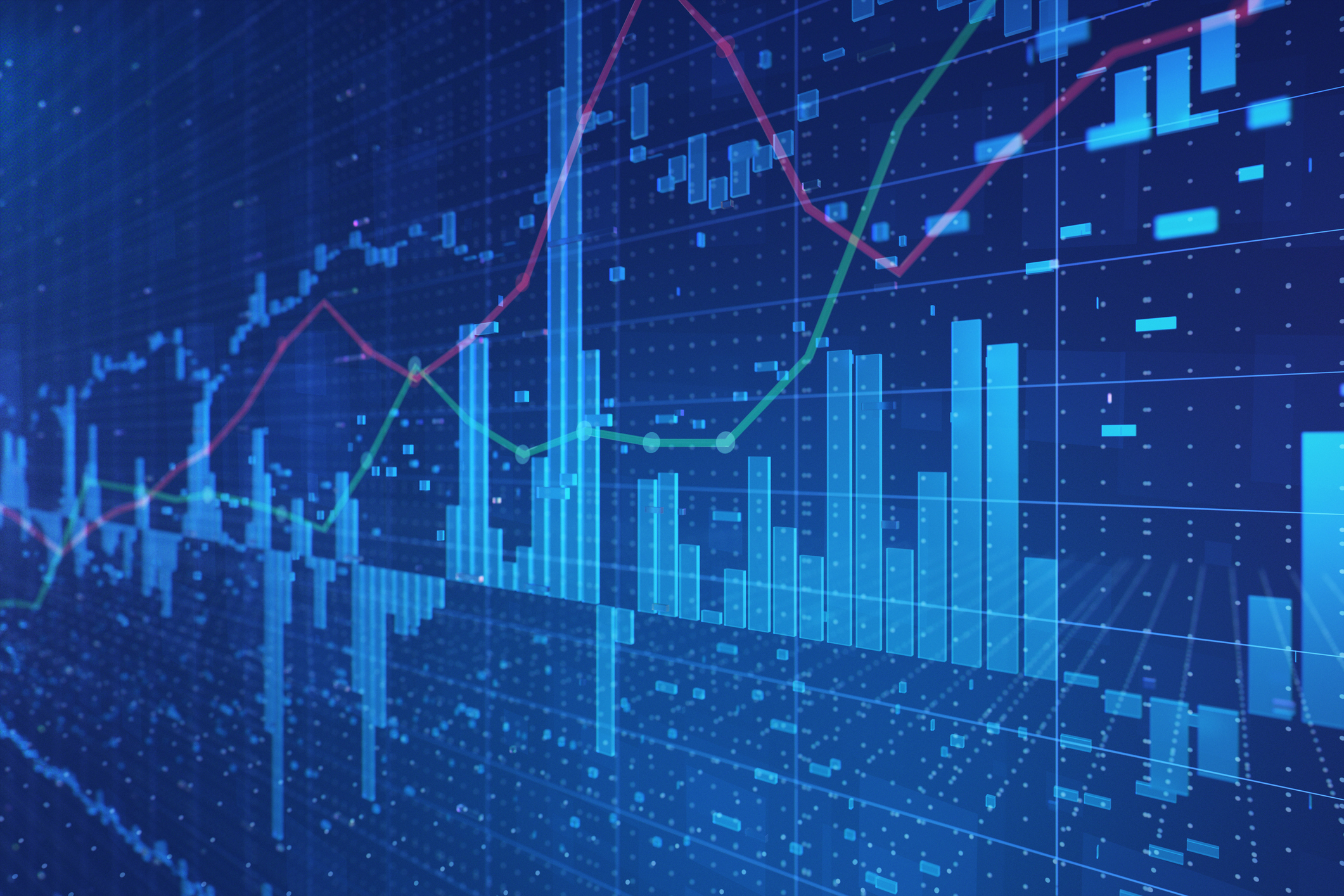 Stock Market Today: Stocks Gain on Tech, Auto Tariff Talk
Stock Market Today: Stocks Gain on Tech, Auto Tariff TalkThe Trump administration said late Friday that it will temporarily halt tariffs on some Chinese tech imports.
By Karee Venema
-
 Sam's Club Plans Aggressive Expansion: Discover Its New Locations
Sam's Club Plans Aggressive Expansion: Discover Its New LocationsSam's Club expansion plans will open up to 15 new stores each year. Learn where they plan to open in 2025.
By Sean Jackson
-
 What DOGE is Doing Now
What DOGE is Doing NowThe Kiplinger Letter As Musk's DOGE pursues its ambitious agenda, uncertainty and legal challenges are mounting — causing frustration for Trump.
By Matthew Housiaux
-
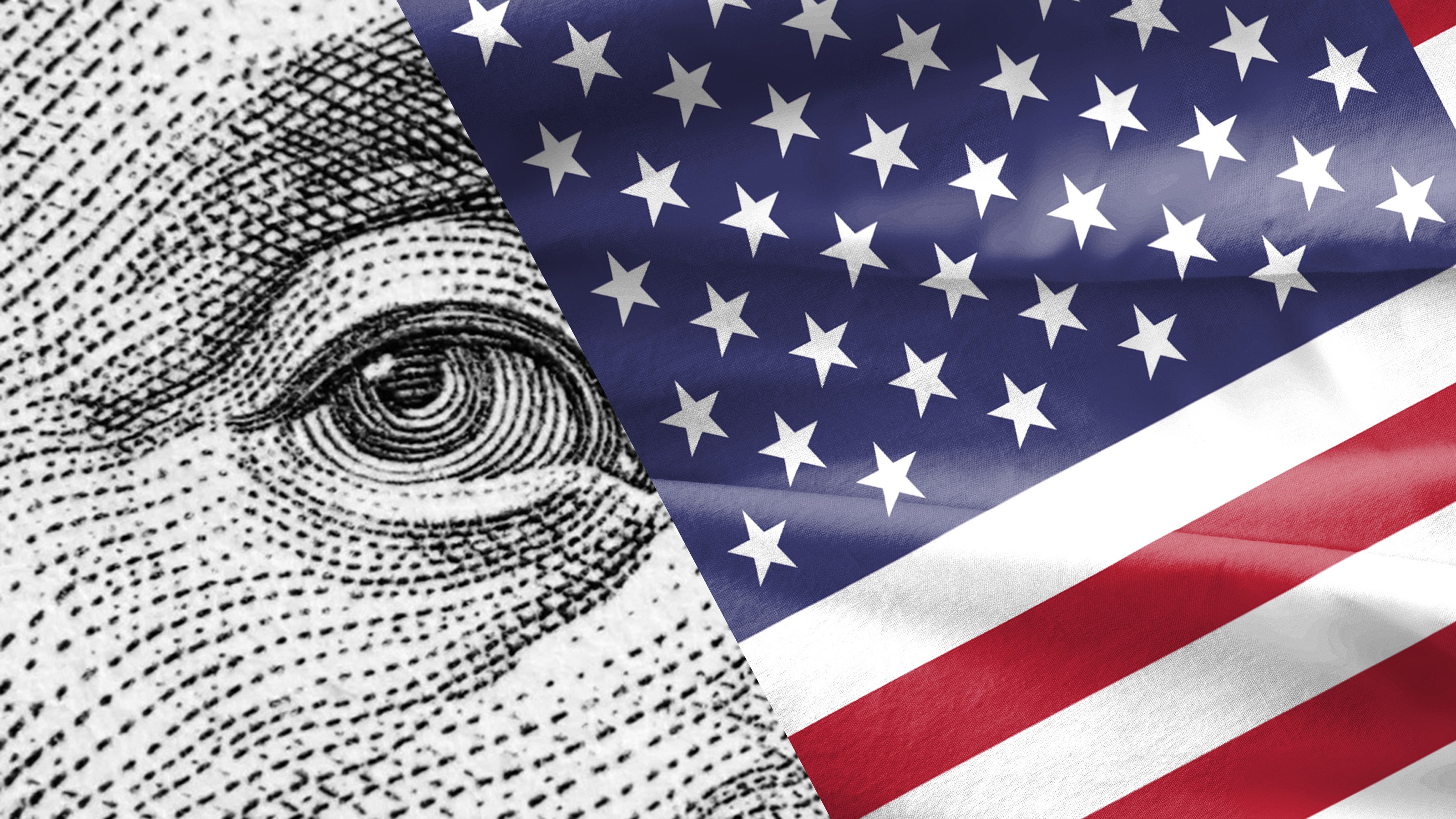 A Move Away From Free Trade
A Move Away From Free TradeThe Letter President Trump says long-term gain will be worth short-term pain, but the pain could be significant this year.
By David Payne
-
 Trump’s Whirlwind Month of Crypto Moves
Trump’s Whirlwind Month of Crypto MovesThe Kiplinger Letter The Trump administration wants to strengthen U.S. leadership in the cryptocurrency industry by providing regulatory clarity.
By Rodrigo Sermeño
-
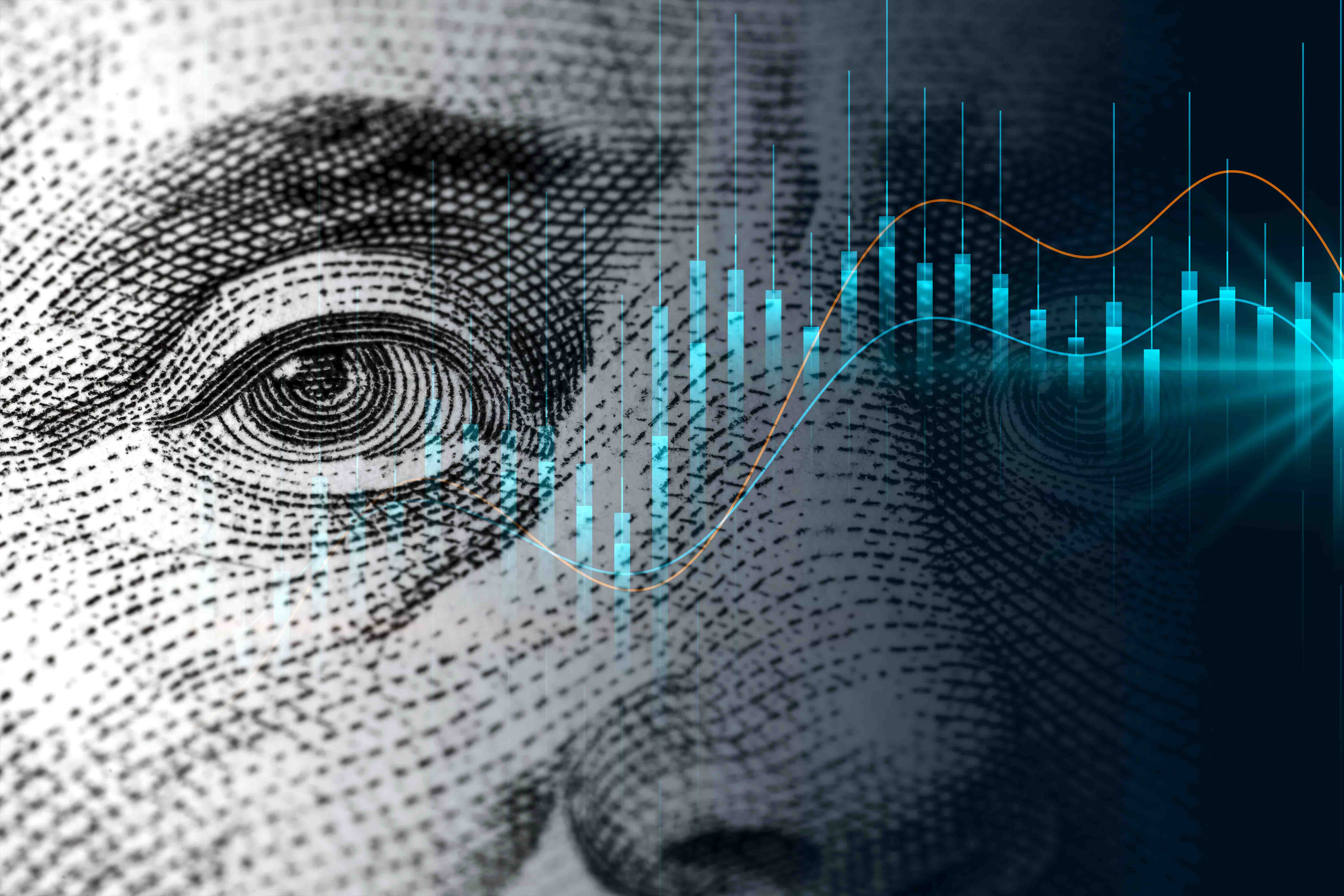 What Could Derail the Economy This Year?
What Could Derail the Economy This Year?The Letter While the outlook for the U.S. economy is mostly favorable, there are plenty of risks that bear watching.
By David Payne
-
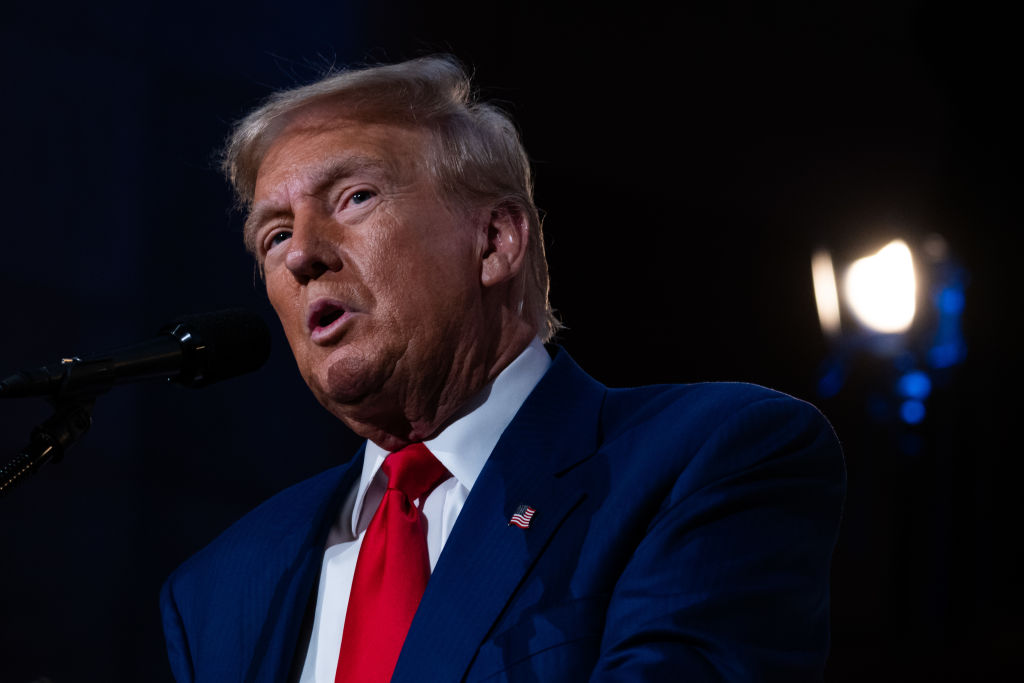 Three Ways President Trump Could Impact the Economy
Three Ways President Trump Could Impact the EconomyThe Letter Some of Trump's top priorities could boost economic growth, but others risk fueling inflation.
By David Payne
-
 10 Predictions for 2025 from The Kiplinger Letter
10 Predictions for 2025 from The Kiplinger LetterThe Kiplinger Letter As 2025 arrives, here are our top 10 forecasts for the new year.
By Letter Editors
-
 Europe Faces Economic and Political Headwinds Next Year
Europe Faces Economic and Political Headwinds Next YearThe Letter Challenges for Europe: Potential tariffs, high energy prices and more competition from China will weigh on the bloc in 2025.
By Rodrigo Sermeño
-
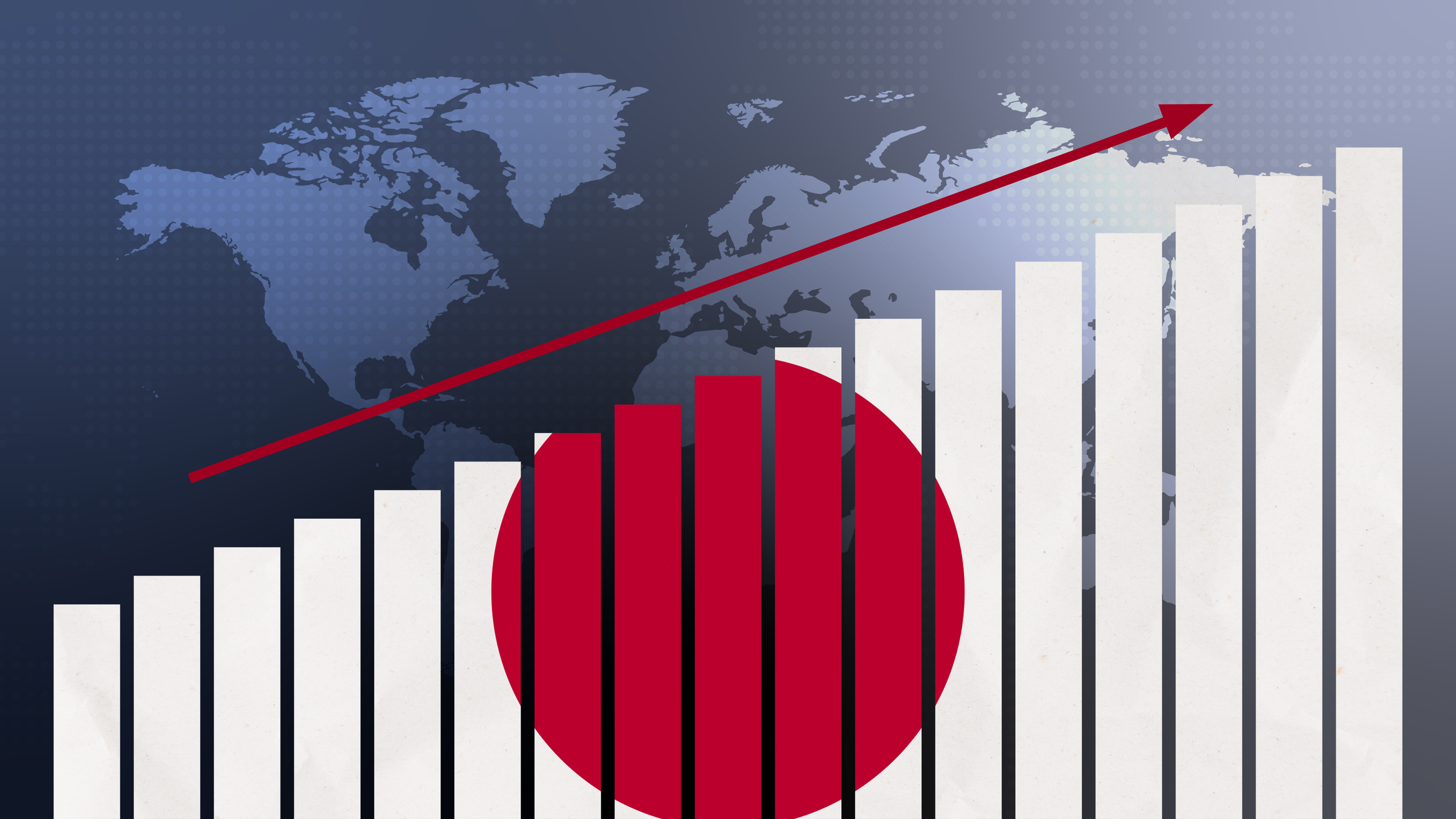 Don't Sleep on Japan's Economic Transformation
Don't Sleep on Japan's Economic TransformationThe Letter After almost three lost decades, Japan — one of the world's biggest economies — is finally showing signs of life.
By Rodrigo Sermeño